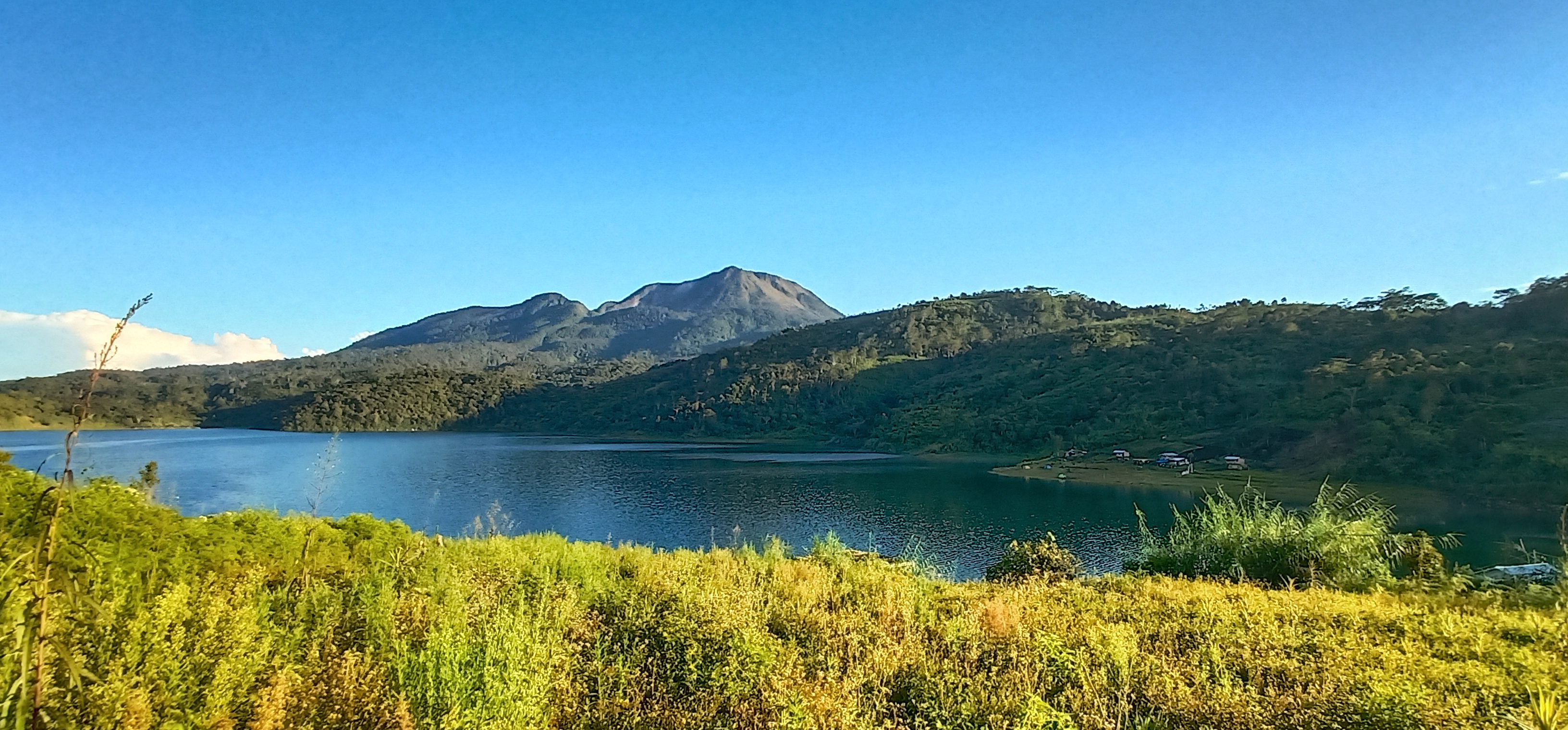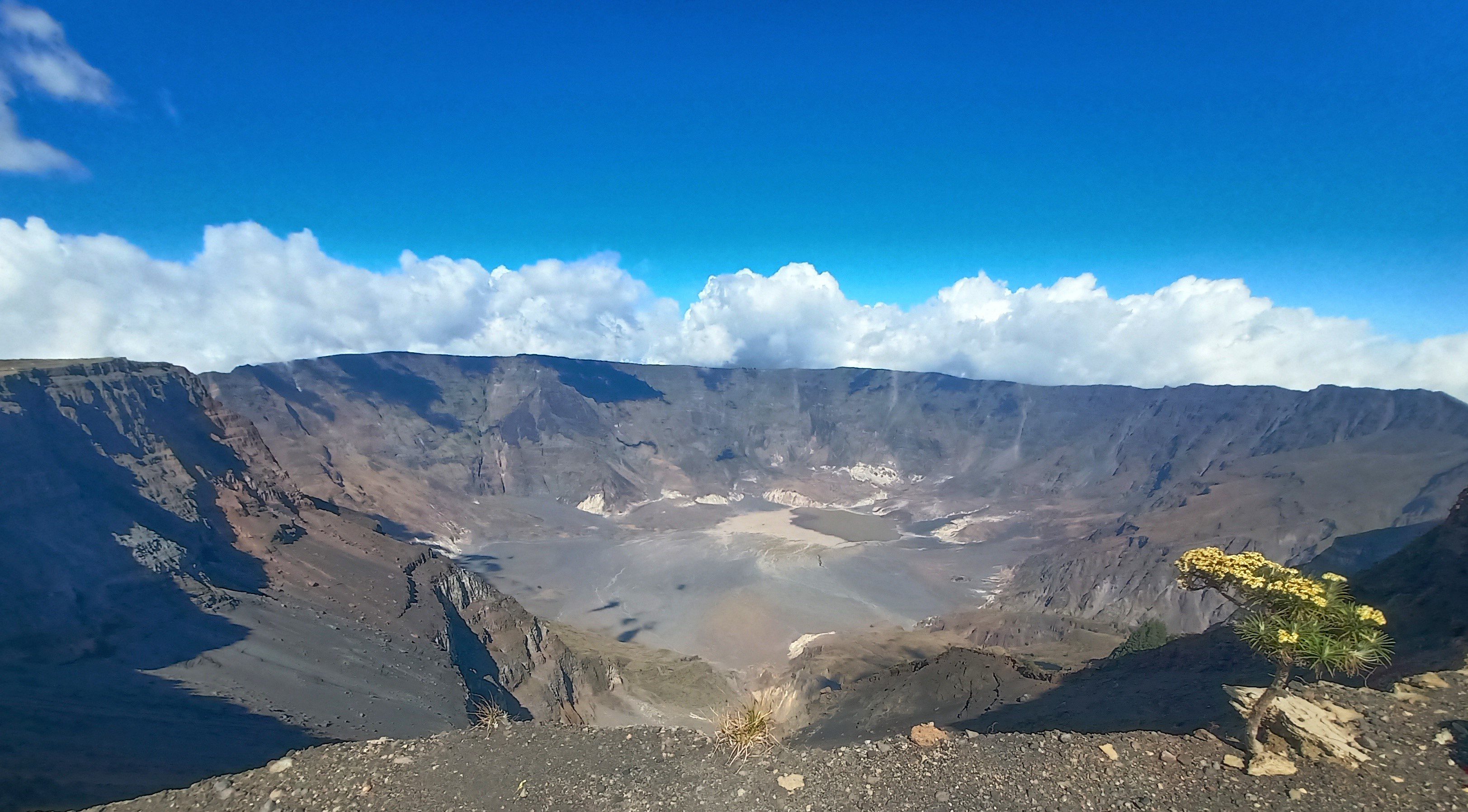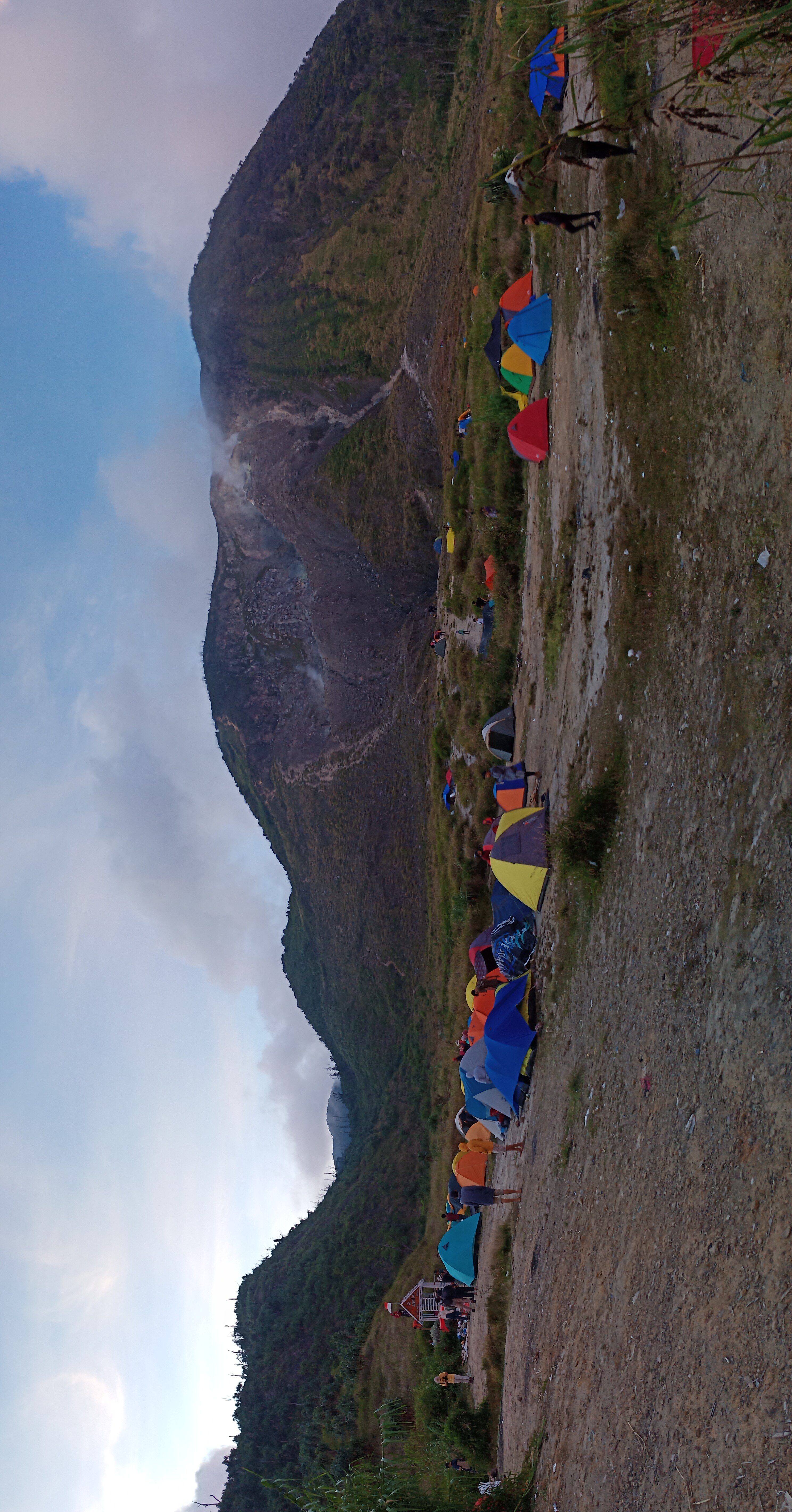Sustainable Mountain Tourism

-
Date:
11 Dec 2021 -
Author:
KEHATI
Written by
Wilson Novarino
Biology Major of MIPA Faculty of Andalas University
In June 1992, The United Nations Conference on Environment and Development (UNCED) held the “Earth Summit” or “Rio Summit”, which produced, among others, two important documents, namely the Convention on Biodiversity (CBD) and Agenda 21. These two documents have served as the blueprint of biodiversity conservation activities until today. Chapter 13 of the Agenda 21 document includes Managing Vulnerable Ecosystems: Sustainable Mountain Development, which describes the importance of mountain areas from a biodiversity perspective, their benefits for the mountain community, and the potential of biodiversity degradation if they are not well managed. Almost three decades since their declaration, the contents remain as something important for us to explore, and serve as a reference in developing a more current action plan.
Terminology-wise, according to the Great Dictionary of the Indonesian Language, a mountain is defined as a large and tall hill, usually more than 600 m tall. Several other sources define a mountain as a part of a more elevated or taller plain compared to its surroundings. FAO (2015) classified a mountain into six classes, based on topographical criteria combined with the height from the sea surface and the steepness of the slope, as well as Local Elevation Range (LER). A mountain is differentiated from a hill based on its height and steeper slope, and the possibility of emitting lava (eruption). A mountain still capable of erupting is often called an active volcano, while the one that can no longer erupt is called a dormant mountain. Meanwhile, mountains are a group or row of several individual mountains, both active volcanoes and dormant mountains.
A mountain and mountains are formed as a result of a large-scale geological process since millions of years ago. Movements of tectonic plates (plates that shape the earth’s crust layers) caused the rise and fall of parts on the earth’s crust, thus triggering the formation of hills, a mountain, and mountains. Theoretically, the mountain forming process is a result of three stages, namely;
- Accumulation of Sedimentation; accumulated sediment layers from volcanic rocks up to several kilometers deep within the earth’s belly.
- Shape Change and the Rise of the Earth’s Crust Layers; volcanic layer sedimentation experiencing shape change (deformation), accompanied with the collision of tectonic plates, caused the rise of the earth’s crust layers.
- The Rise of the Earth’s Crust Layers as a result of the fault block’s movement; Collisions between plates rose parts of the earth’s crust higher than their surrounding areas, forming a mountain.

This is why we see a lot of mountains in Indonesia because Indonesia is a region where two major plates (Eurasia and Australasia) meet, along with various small plates and faults. Indonesia is where two rings of fire meet, namely the Circum-Mediterranian Ring of Fire and Circum-Pacific Ring of Fire, making Indonesia a country with the largest number of volcanoes in the world. Some of the volcanic eruptions in Indonesia are even recorded as the world’s largest volcanic eruptions, such as the eruption of Mount Krakatau in 1883 and Mount Tambora in 1815.
The world’s tallest mountain peak reaches 8,848 m above sea level, namely the Everest Peak at the Himalayan Mountains on the border of Nepal and China. Meanwhile, the highest mountain peak in Indonesia is the Jaya Peak or Carstensz Pyramid, with a height that reaches 4,884 m above sea level. Since higher areas will cause lower temperatures, we can see “eternal ice sheets” on the world’s highest mountain peaks. Plant ecological experts often use this to describe that the gradation of plant formations from equatorial to pole areas can also be observed when we explore areas from coasts to mountain peaks.
A mountain plays a critical role in maintaining the balance of nature. A mountain is one of the primary factors that form the ecosystem, namely through eruption, which will scatter volcanic materials, increasing soil fertility. The eruption of a mountain, like the eruption of Mount Semeru on December 4, 2021, can scatter millions of volcanic ashes into its surroundings. Volcanic ashes rich with micronutrients, after going through a natural process, will result in very fertile soil. A mountain also contributes largely to the hydrology cycle, by becoming a temporary place to store water before it flows to its surroundings. Fertile soil and abundance of water make the vegetation growing in areas where a mountain or mountains are present very rich in variety. They are also usually home to all kinds of animals. Therefore, the presence of a mountain and mountains becomes crucial for biodiversity conservation. Mountain areas are also extremely important for human populations around the world. According to FAO (2015), the total mountain areas in the world, which reach 32 million km2 (about 22% of the earth’s surface), are home to around 915 million people, or 13% of the world’s total population.
A mountain and mountains need to be given special attention because mountains have complex and vulnerable ecosystems due to their topographical condition, climate, and stratification based on their heights, their crucial functions for water management and biodiversity, as well as a large number human population depending on mountain areas. This has made it necessary for Agenda 21 produced in the Earth Summit at Rio de Janeiro in 1992 to include the agenda on “Vulnerable ecosystem management; Sustainable mountain development”. As an effort to disseminate information and raise the community’s awareness, the United Nations General Assembly established 2002 as the International Year of Mountains. Since 2003, the date of its establishment, namely December 11, has been set and commemorated as International Mountain Day. In 2021, the commemoration of the International Mountain Day is themed “Sustainable Mountain Tourism”.
Every year, around 15-20% of the world’s total tourists have made mountain tourism their destination. In fact, the number of people enjoying mountain climbing tourism has increased. This can be seen from the addition of climbers in several mountains in Indonesia, such as Mount Gede (West Java), Mount Bromo, Mount Semeru, and Mount Ijen (East Java), Mount Rinjani (West Nusa Tenggara), Mount Marapi, Singgalang, and Talang (West Sumatera), and various other mountains. Mountain climbing activities can yield both negative and positive impacts. The negative impacts may include the disruption of geological properties and rock formations, minerals, and fossils; compaction of stepped over soil, thus disrupting drainage and reducing water infiltration rate into the soil; disruption of water resources; damages on vegetation; disruption of animal lives; sanitation problems; damages on the landscape’s aesthetics; and environmental and cultural issues. Meanwhile, the positive impacts may include the development of alternative means of livelihood for people living in the mountains, such as providing mountain tourism services, starting from tickets, vehicle parking, food stalls, accommodations, resting places, porters, renting gears, local transportation, and so on. Mountain tourism in various regions has proven to result in a multiplier effect for the economy of the surrounding areas. To avoid the negative impact of the growing mountain hiking tourism, we need prevention and adaptation efforts. Good management becomes a key factor for the sustainability of the tourism business and the conservation of the mountain areas. Therefore, the theme of “Sustainable Mountain Tourism” becomes very relevant to be highlighted in the commemoration of International Mountain Day.
The Government of Indonesia has conducted various efforts to conserve the mountain areas. Based on existing regulation, areas above 2,000 m above sea level have been established as protected forests. Some mountain ecosystems in Indonesia have also been established as conservation areas, such as Mount Gede Pangrango National Park, Mount Halimun Salak National Park, Bromo Tengger Semeru National Park, Mount Tambora National Park, Mount Leuser National Park, Kerinci Seblat National Park, and Lorentz National Park. Article 12 of Law Number 32 Year 2009 on Environmental Protection and Management has also mandated that the use of natural resources is conducted based on environmental carrying capacity and holding capacity. Based on this Law, environmental carrying capacity is the capacity of the environment to support the lives of humans, other living beings, and the balance between both; meanwhile, environmental holding capacity is the capacity of the environment to sequester substances, energy, and/or other components coming in or being put in it. This means that using natural resources cannot exceed the environmental carrying capacity and holding capacity.
Therefore, we must respond to Sustainable Mountain Tourism by calculating the carrying capacity and holding capacity of a mountain for tourism activities, paying attention to protection efforts and conservation activities established in the area, and of course, making the local community the primary actors in managing and regulating tourism activities. The carrying capacity of a mountain to be the arena for climbing tourism can be calculated by considering multiple variables, such as height, slopes, vegetation, animals, soil, drainage, scenery, paths, resting places, or accommodation to stay overnight. Meanwhile, holding capacity can be measured by dividing the area carrying capacity with the total area and minimum time that someone needs to fully enjoy mountain tourism. This calculation has been made to several mountains, hence the number of tourists that will climb the mountains has been adjusted with their carrying capacity and holding capacity. As a result, even to visit the mountain, we would have to register first to ensure availability. Another form of anticipation often done is by providing a resting time for the mountains after the climbing peak season by closing climbing activities for a specific period of time. Climbers should also receive education regarding the vulnerable mountain ecosystem to prevent them from bringing negative impacts (vandalism, trash, etc.) to the mountain they are visiting. These efforts will surely provide an opportunity for future generations to enjoy the natural mountain atmosphere, as we are enjoying now. Happy International Mountain Day.

